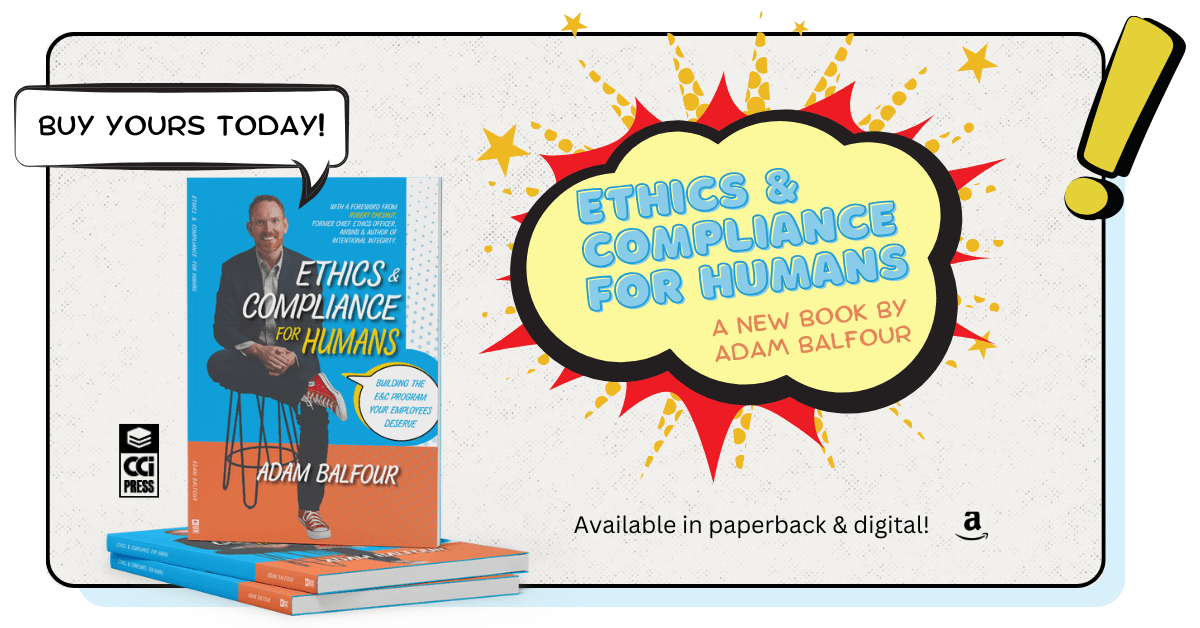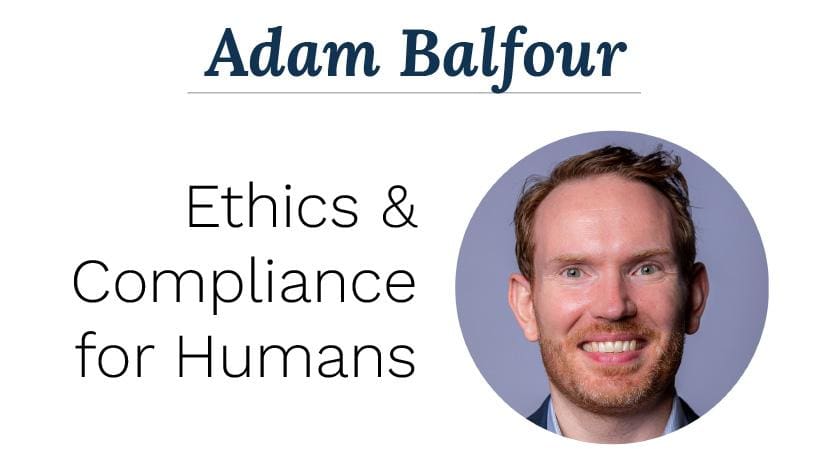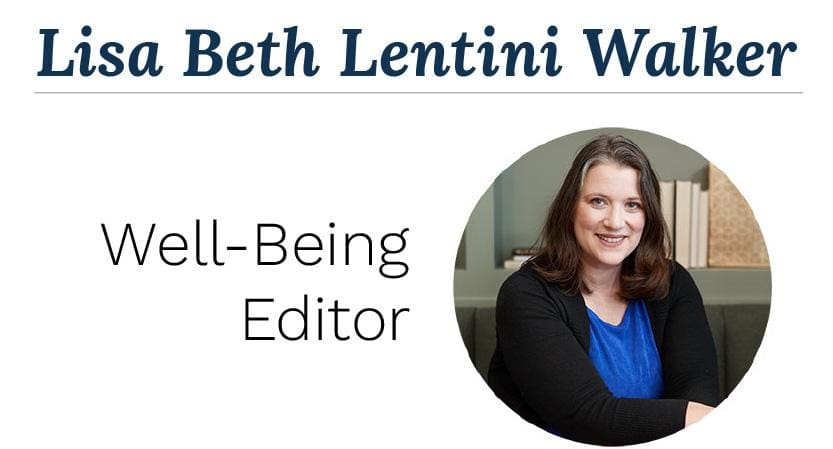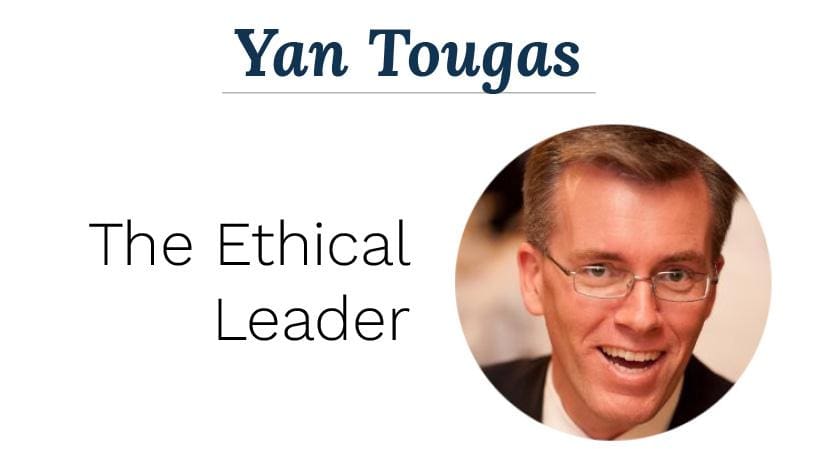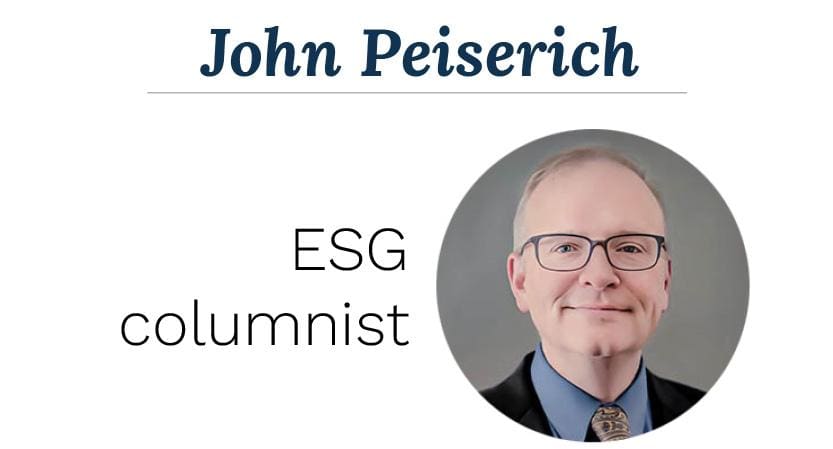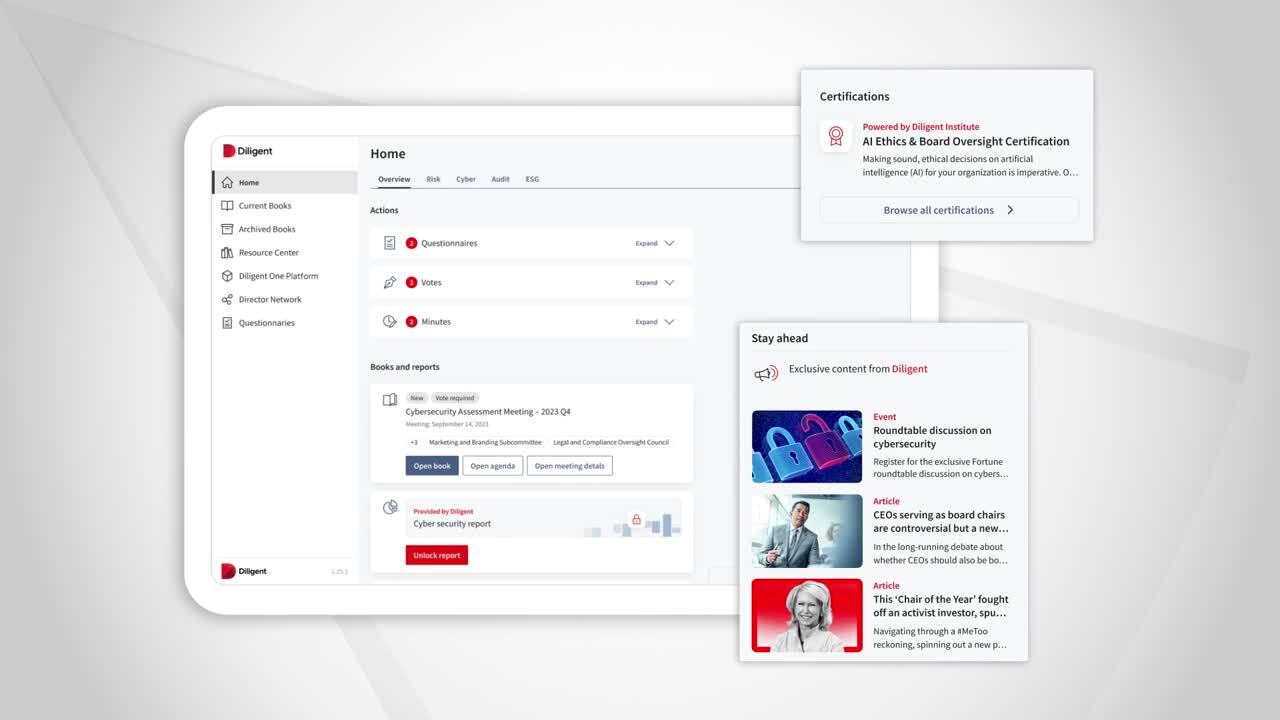The Rise of Cybersecurity GRC
As regulations proliferate regarding the risks posed by our increasingly digital economy, companies face a choice: make cyber compliance the responsibility of existing teams or build a brand-new function: cybersecurity GRC, seated at the intersection of business, IT, privacy and cybersecurity. Security risk and compliance director Yasmine Abdillahi of Comcast clearly favors the latter, as she explores here.
Read more







